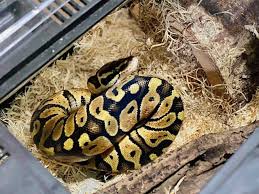Pet snakes are fascinating companions that communicate their emotions in subtle yet distinctive ways. Unlike mammals that vocalize or display obvious facial expressions, snakes rely on body language and behavioral changes to express their state of mind. For snake owners, learning to recognize when your serpentine friend feels threatened is essential for building trust, ensuring proper handling, and maintaining a stress-free environment. This knowledge not only enhances your relationship with your pet but also helps prevent defensive behaviors that could result in stress for your snake or even a bite. In this comprehensive guide, we’ll explore the various signals that indicate your pet snake is feeling threatened or uncomfortable, helping you become a more attentive and responsive snake guardian.
Understanding Snake Body Language Basics

Snakes communicate primarily through body posture and movement, making these cues your first line of insight into their emotional state. A relaxed snake typically moves with fluid, unhurried motions and maintains a loose, natural body position when handled or at rest. When feeling secure, most species will calmly explore their surroundings, tongue-flicking at a regular pace as they gather sensory information. Their muscles remain relatively loose, and they may comfortably drape across your hands or arms during handling sessions. Learning these baseline behaviors for your specific species is crucial, as what’s normal for a ball python may differ substantially from a corn snake or king snake’s typical demeanor.
The Defensive S-Shape Posture
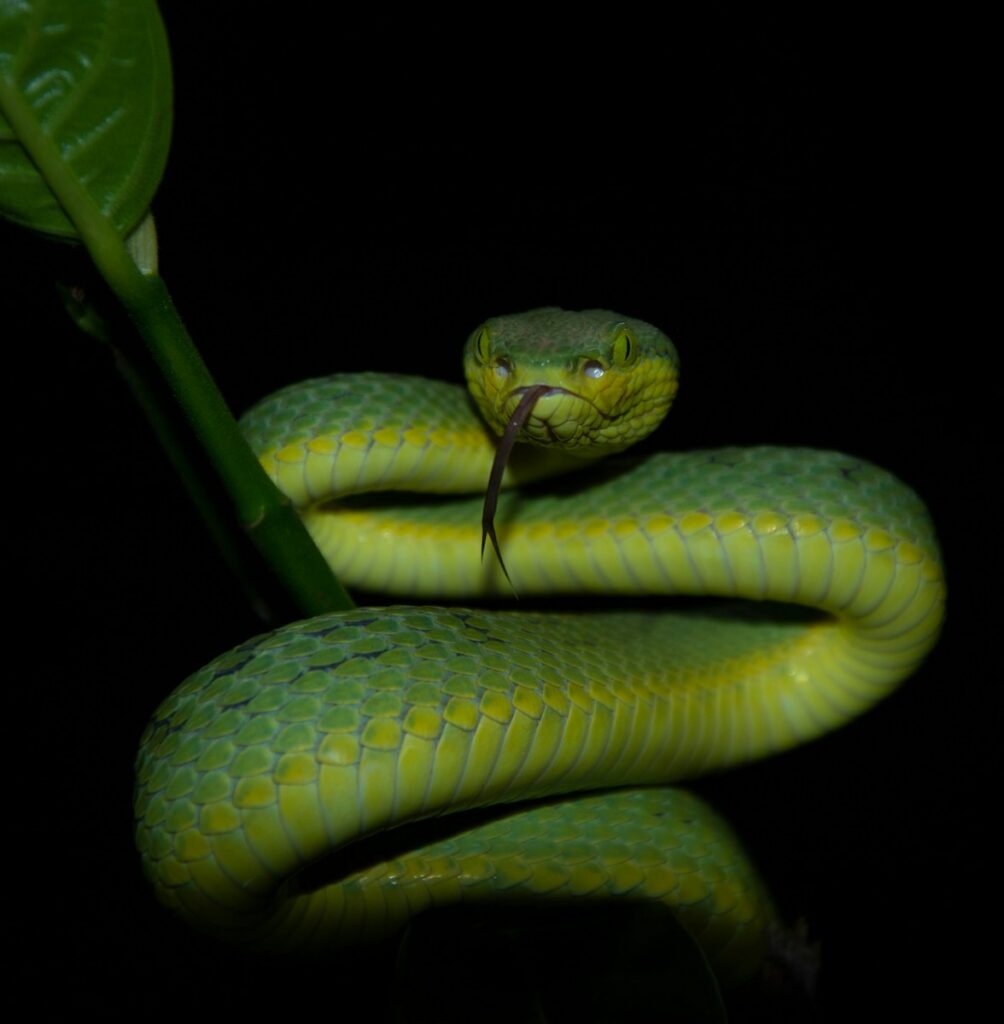
One of the most recognizable signs of a threatened snake is the adoption of an S-shaped posture, where the body forms distinct curves resembling the letter S. This stance serves as preparation for a potential strike and is an unmistakable warning that your snake feels vulnerable or cornered. The head is typically elevated and positioned at the front of the S-curve, ready to lunge forward if necessary. This defensive posture allows the snake to maximize striking distance while maintaining the ability to retreat quickly if needed. Some species are more prone to displaying this behavior than others, with defensive species like hognose snakes or rat snakes often resorting to this posture more readily than docile species like ball pythons.
Rapid or Excessive Tongue Flicking
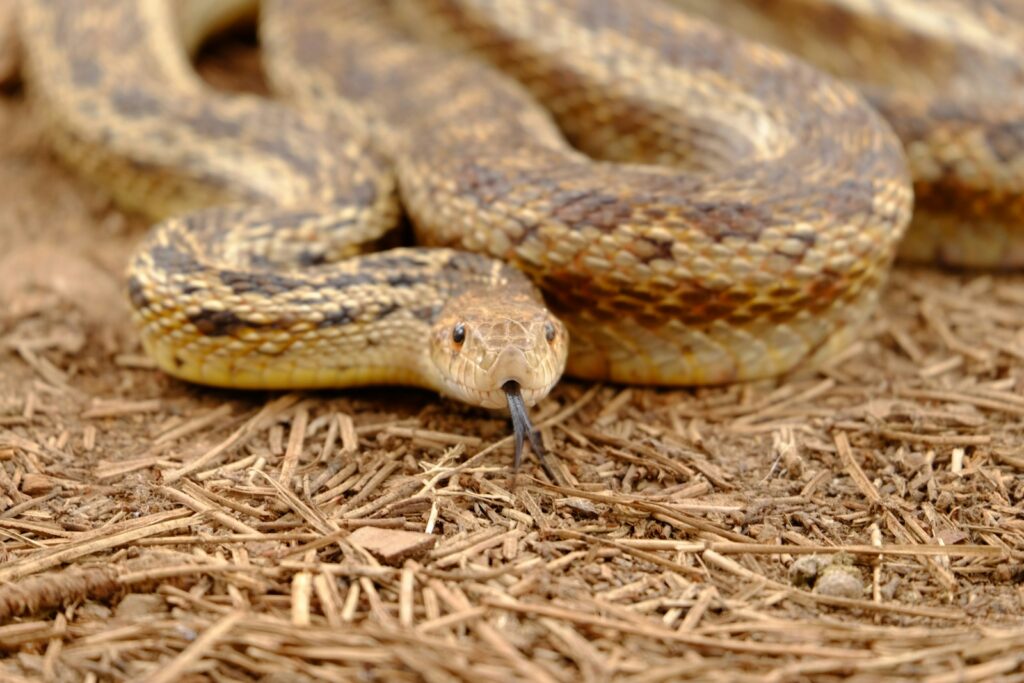
A snake’s tongue is its primary sensory organ, collecting chemical particles from the air and transferring them to the Jacobson’s organ for analysis. When a snake feels threatened, you’ll often notice a significant change in its tongue-flicking behavior. The tongue may dart out much more frequently, with quicker, more erratic movements than usual. This heightened sensory investigation indicates the snake is attempting to gather more information about a potential threat in its environment. Some snakes may even extend their tongues further than normal or hold them out for longer periods, trying to assess the situation more thoroughly before deciding whether to defend themselves or retreat.
Tail Rattling or Vibrating

Many snake species, not just rattlesnakes, will vibrate or rapidly shake their tails when feeling threatened. This behavior creates a visual warning and, in dry environments or against loose substrate, can produce an audible sound that serves as a deterrent to predators. Species like rat snakes, corn snakes, and bull snakes commonly display this warning behavior despite lacking the specialized rattles found on rattlesnakes. When you observe your pet snake rapidly vibrating its tail, especially when combined with other defensive postures, it’s a clear indication that the animal feels unsafe and is trying to warn you to keep your distance. This behavior can sometimes be mistaken for excitement in new snake owners, but it almost always indicates stress or fear.
Hissing and Inflation of the Body

Hissing is one of the most direct and unmistakable warnings a snake can give when it feels threatened. This sound is produced by forcefully expelling air through a modified glottis in the throat, creating the characteristic hissing sound that serves as a universal warning in the animal kingdom. Accompanying the hiss, many snakes will also inflate their bodies, making themselves appear larger and more intimidating to potential threats. Some species, particularly those in the Colubrid family, like hognose snakes and gopher snakes, are especially vocal with their hissing displays. The combination of sound and increased body size is designed to give predators pause, allowing the snake a better chance to escape or deter the threat without physical confrontation.
Strike Feinting and Mock Attacks
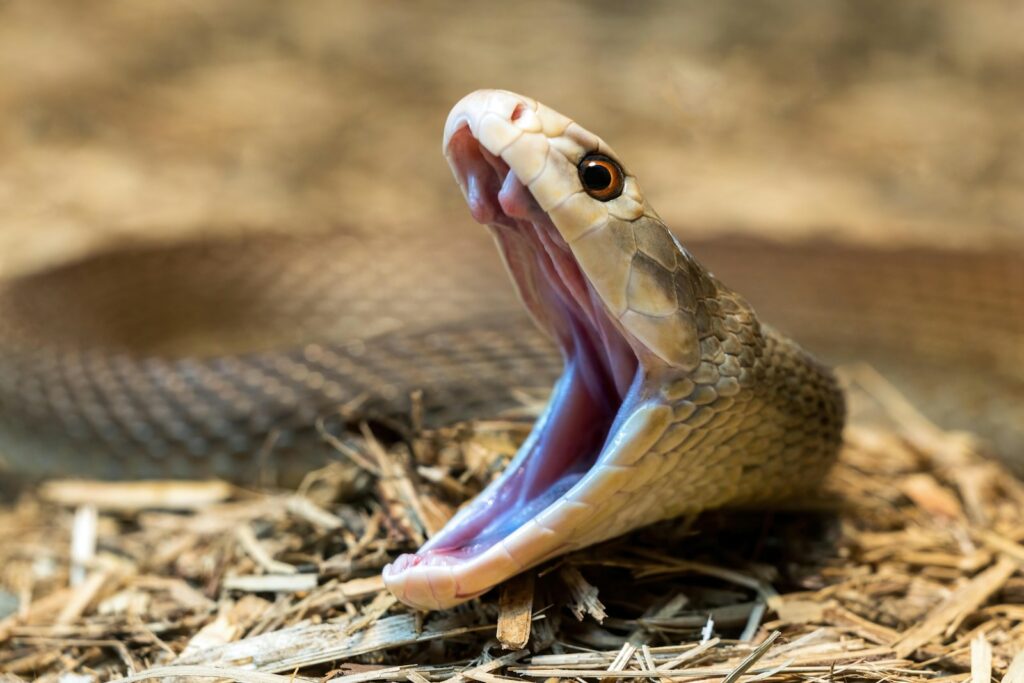
A highly stressed snake may perform strike feints or mock attacks without actually making contact. These quick forward lunges with a closed mouth are designed to startle a potential predator without expending the energy or taking the risk of an actual bite. You might notice your snake quickly jerking its head forward while maintaining the S-shaped defensive posture, only to pull back without making contact. Some species are particularly known for this bluffing behavior, with hognose snakes being famous for their elaborate defensive displays that rarely culminate in actual bites. These mock strikes serve as a final warning before a snake resorts to more direct defensive measures and should be taken seriously as indicators of severe stress.
Flattening of the Head or Neck
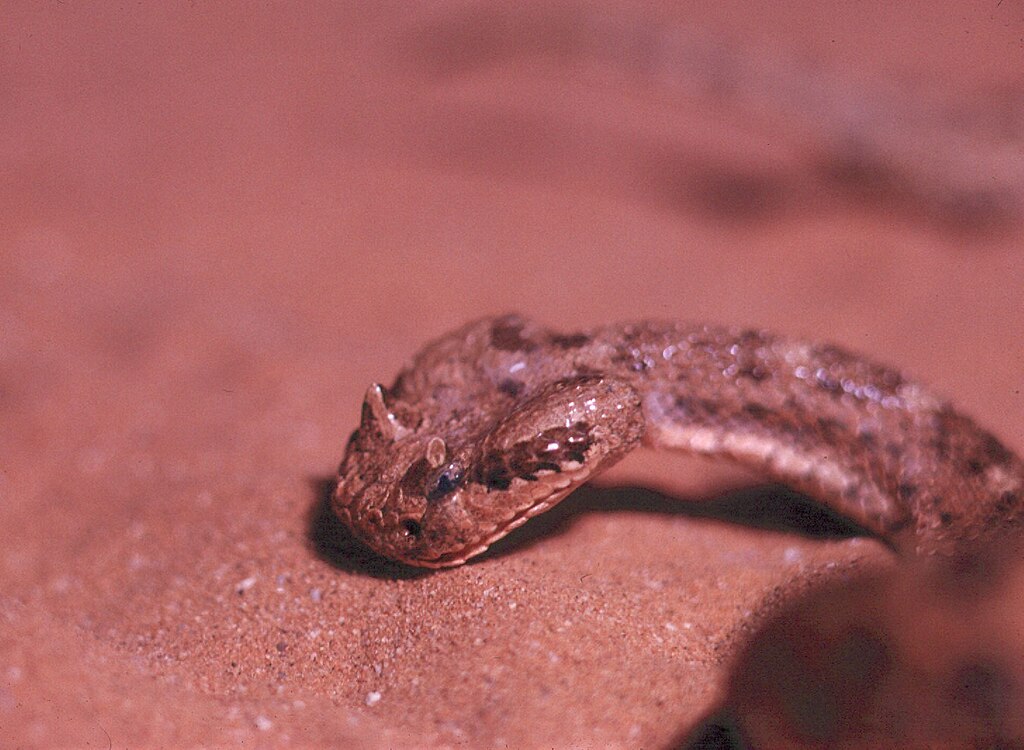
Many snake species will flatten their head or neck region when feeling threatened, creating a more triangular head shape that mimics venomous species. This evolutionary adaptation makes the snake appear more dangerous to potential predators, even in completely harmless species. Cobras are famous for their hood display, but many non-venomous snakes like rat snakes and king snakes can also flatten their neck region to varying degrees. In pet situations, this behavior indicates significant discomfort or fear and suggests immediate action is needed to reduce the snake’s stress. The flattening is accomplished by spreading the ribs in the neck region and is often accompanied by hissing and an S-shaped defensive posture.
Erratic or Frantic Movement
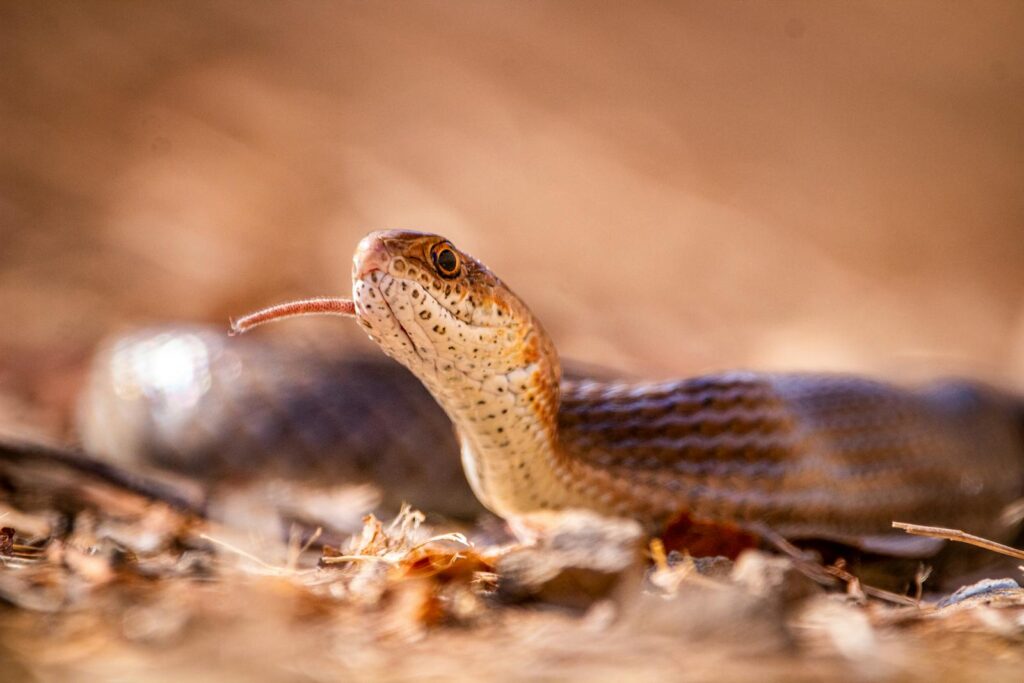
A threatened snake may suddenly exhibit rapid, unpredictable movements that differ markedly from its typical calm behavior. These frantic actions may include quickly attempting to flee, thrashing, or making jerky, unpredictable movements while being handled. This behavior indicates extreme stress and should be considered an urgent warning sign that the snake needs space and time to calm down. Some snakes may repeatedly try to escape their enclosures or frantically search for hiding spots when feeling threatened. The intensity of movement often correlates with the level of perceived threat, with mild concerns triggering increased alertness and severe threats resulting in panic-like behavior that can resemble thrashing or convulsions in extreme cases.
Musking or Releasing Defensive Odors
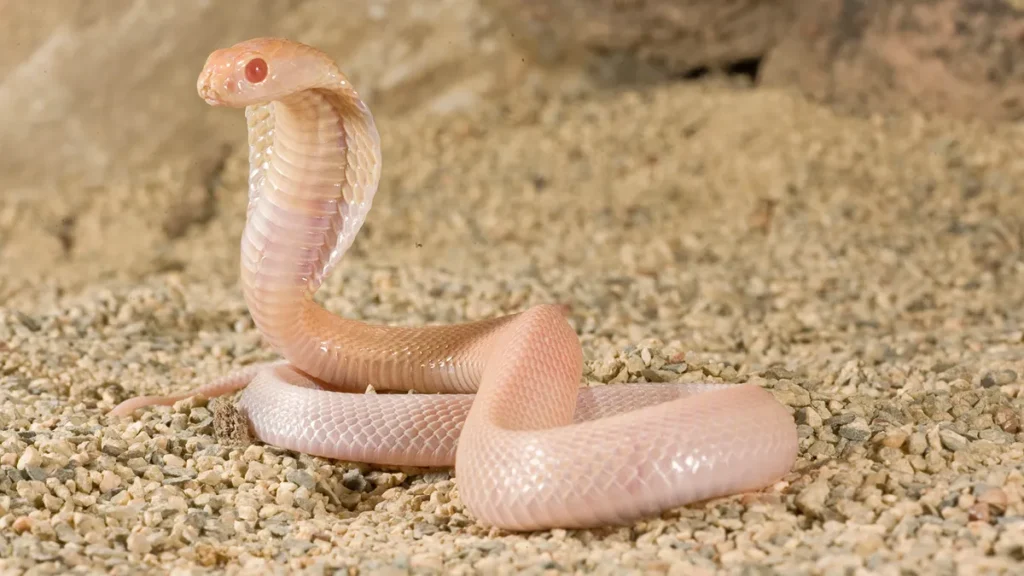
Many snake species possess specialized glands near their cloaca that can release a foul-smelling musk when they feel threatened. This defensive mechanism is particularly common in garter snakes, water snakes, and some species of rat snakes. The pungent odor is designed to make the snake less appealing to predators and can be quite potent and unpleasant to humans. When a snake releases musk during handling, it’s a clear sign that the animal feels threatened and is employing one of its defensive mechanisms. This behavior is more common in wild-caught specimens and juveniles but can persist in captive-bred snakes that feel consistently threatened or mishandled.
Playing Dead (Thanatosis)

Some snake species, most famously the eastern hognose snake, will resort to playing dead when extremely threatened and unable to escape. This behavior, called thanatosis, can involve the snake rolling onto its back, opening its mouth, letting its tongue hang out, and even releasing a foul odor to complete the illusion of death. While less common in typical pet snake species, variations of this behavior might occasionally be observed in highly stressed individuals. The snake may become limp, unresponsive, or position itself in unnatural ways that mimic death or serious injury. This extreme reaction indicates severe stress and usually occurs after other warning signs have been ignored or when the snake feels completely cornered with no escape options.
Refusing Food or Regurgitation
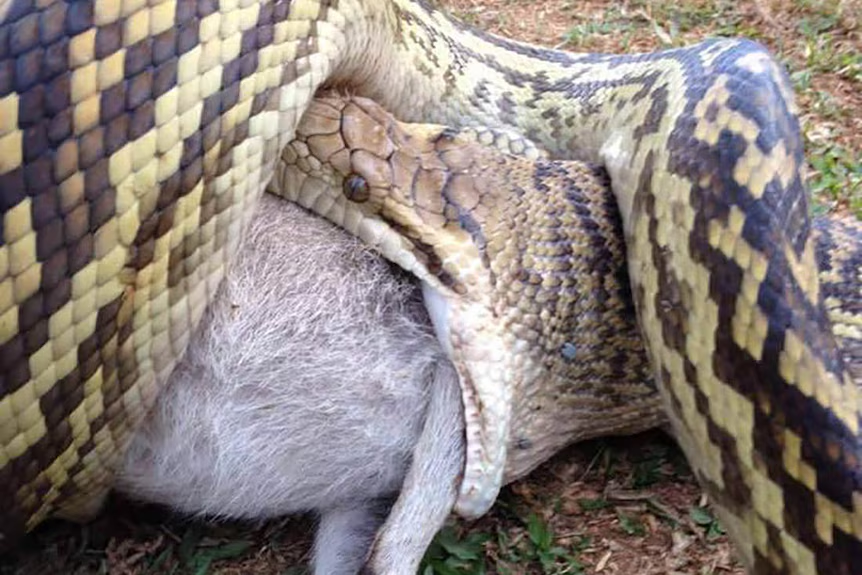
A snake that consistently feels threatened in its environment may refuse food entirely or regurgitate recently consumed meals. This stress response occurs because digestion requires significant energy, which the snake instinctively preserves when it perceives potential threats. If your pet, a typically good eater, suddenly refuses meals or, more alarmingly, regurgitates after eating, environmental stress may be the culprit. This behavior is particularly concerning as it impacts the snake’s health and nutritional status, potentially leading to weight loss and compromised immune function if the underlying stressors aren’t addressed. While occasional feeding refusals can happen for various reasons, persistent refusal combined with other stress behaviors should prompt a thorough evaluation of your husbandry practices.
Hiding Excessively or Changing Activity Patterns
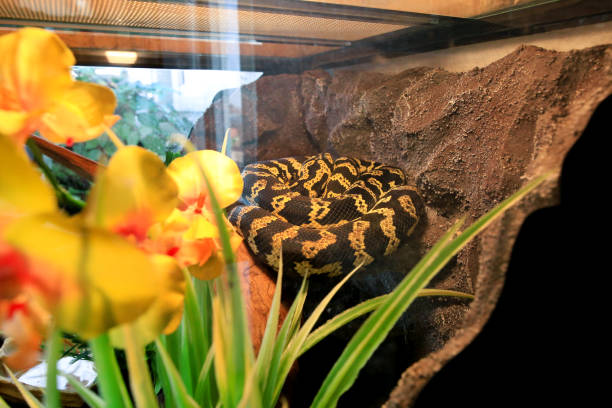
A snake that feels chronically threatened may dramatically alter its activity patterns or hide more frequently than usual. While most snakes naturally spend time concealed, a sudden increase in hiding behavior, especially if the snake refuses to emerge during its typical active periods, can signal ongoing stress. Some threatened snakes may press themselves tightly into corners or burrow deeply into substrate, trying to make themselves as inaccessible as possible. Others might become unusually active at atypical times, attempting to escape perceived threats or find better hiding locations. These behavioral changes are particularly informative when they represent a departure from the individual snake’s established patterns and can indicate that something in the environment is making your pet feel consistently unsafe.
Species-Specific Threat Responses

Different snake species have evolved unique defensive displays based on their natural habitats and evolutionary history. Ball pythons typically ball up tightly, protecting their head in the center of their coiled body when threatened, while kingsnakes might perform vigorous tail vibrations and strike repeatedly. Hognose snakes are famous for their elaborate bluffing displays that include hood spreading, hissing, and eventually playing dead if the threat persists. Understanding the specific defensive repertoire of your particular snake species provides valuable context for interpreting their behavior accurately. Research your specific species thoroughly, as mistaking a species-typical defensive display for aggression (or vice versa) can lead to misunderstandings and inappropriate responses that might further stress your snake.
Addressing and Preventing Threatening Situations
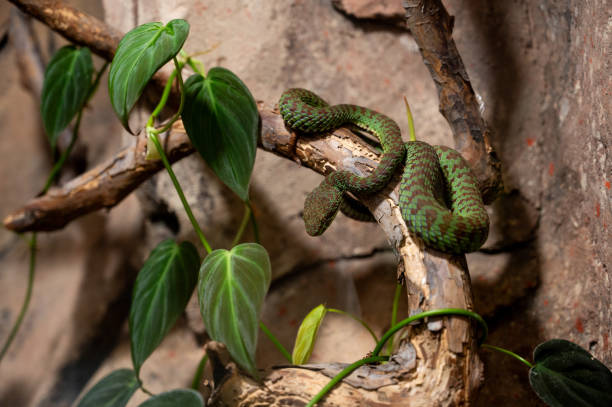
When you recognize signs that your snake feels threatened, immediate action is necessary to reduce stress and prevent escalation to more serious defensive behaviors. First, give the snake space and time to calm down, avoiding handling until normal behavior resumes. Evaluate your husbandry practices, ensuring proper temperature gradients, humidity levels, and adequate hiding spots that make your snake feel secure. Consider whether recent changes in the environment, such as new pets, excessive noise, or frequent enclosure modifications, might be triggering stress responses. Many threatening behaviors diminish with consistent, gentle handling practices that build trust over time, but forcing interaction with a defensive snake only reinforces its fear. For persistently stressed snakes, consulting with an experienced reptile veterinarian or specialist can help identify and address less obvious stressors affecting your pet.
Understanding and respecting your snake’s communication cues is fundamental to responsible reptile keeping. By recognizing the signs of a threatened snake early, you can adjust your approach, improve your handling techniques, and create an environment where your pet feels secure and comfortable. Remember that defensive behaviors aren’t signs of aggression but rather your snake’s natural response to perceived danger—a language developed over millions of years of evolution. With patience, consistency, and attentiveness to these subtle signals, you’ll build a trusting relationship with your serpentine companion, ensuring a lower-stress life for both of you and minimizing the likelihood of defensive responses and potential bites. Your snake’s body language is its voice—learning to listen carefully to that voice is the key to successful snake keeping.

